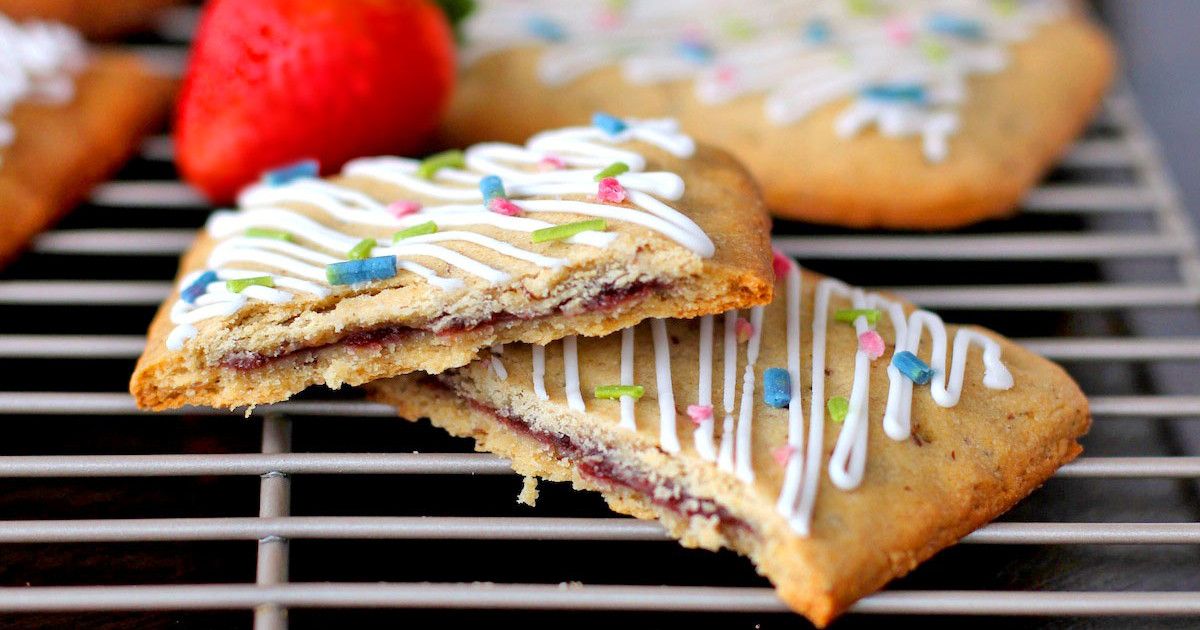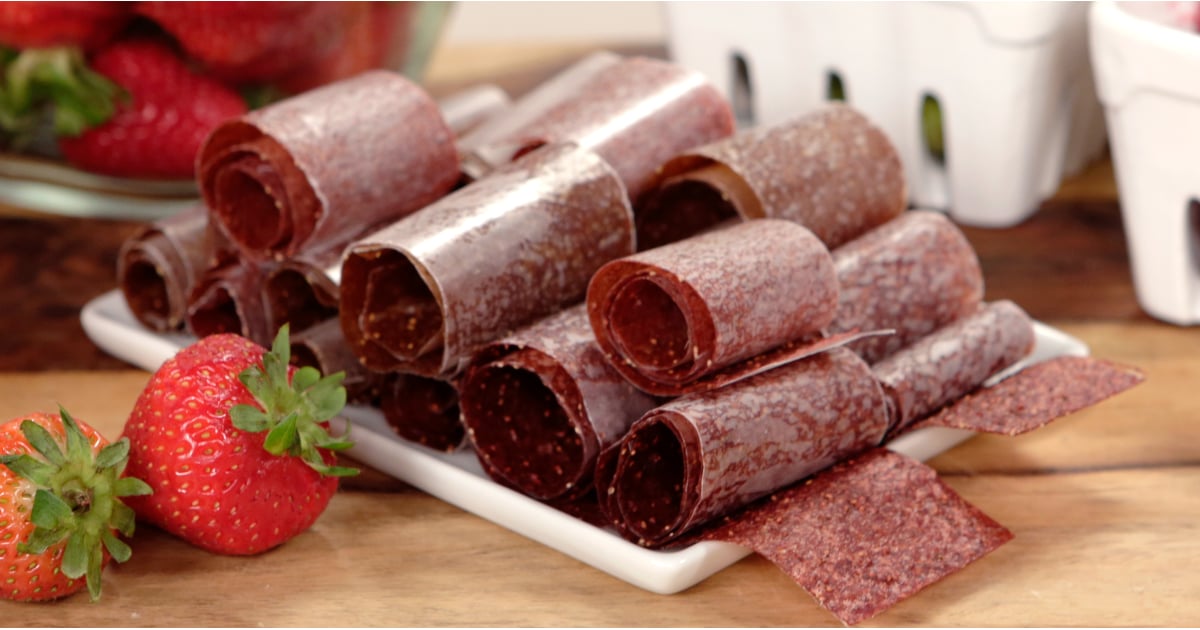The Worst Foods For A Hyperactive Toddler Or Child
Toddlers are a nonstop bundle of energy. They jump from one activity to the next without warning. Feeding a toddler can be tricky. Many children's foods are loaded with toxic substances full of serious side effects. Food colorings and dyes are heavily regulated or banned in many countries but are common in the United States. Food manufacturers target children by labeling their foods with bright colors and fun characters. Keep reading to discover the worst foods to feed to your kids, especially if you have a hyperactive toddler at home.
Pop-Tarts

The most popular Pop-Tart flavor is frosted strawberry, which contains many harmful ingredients. Listed within the first seven ingredients are corn syrup, high fructose corn syrup, dextrose, and sugar. These ingredients are linked to sugar addiction, childhood diabetes, and liver issues. Pop-Tarts also contain a petroleum-based product known as TBHQ. It can cause damage to human DNA and cell dysfunction.
Petroleum is used to make food colorings and dyes in the United States. It has been banned and labeled as a carcinogen in Europe. Vision loss, tumors, liver enlargement, convulsions, paralysis, and neurotoxic effects are potential side effects of TBHQ. Instead of Pop-Tarts for breakfast, make some homemade oatmeal bars. Add in some dried fruit or nuts for an added health boost. Make them the night before so they will be ready just as easily as a Pop-Tart would be.
Fruit Snacks

Fruit snacks are full of food coloring to make them more appealing to young children. Red 3, also known as erythrosine, is commonly used in fruit snacks as well as other snacks claiming to be healthy. Red 3 is most commonly known for causing thyroid tumors. It is commonly used in baked goods, candy, maraschino cherries, sausage casings, and many children's medication. Red 3 is also banned in the use of externally applied medications and cosmetics.
Homemade fruit roll-ups are easy to make and a great alternative to those heavily processed fruit snacks you find down the grocery aisle. To make these delicious treats, first puree a blend of frozen berries in a food processor. Spread the mixture evenly over a cookie tray and dehydrate in the oven on low heat for eight to nine hours. These homemade treats are fantastic in your child's lunch box that they are guaranteed to love!
